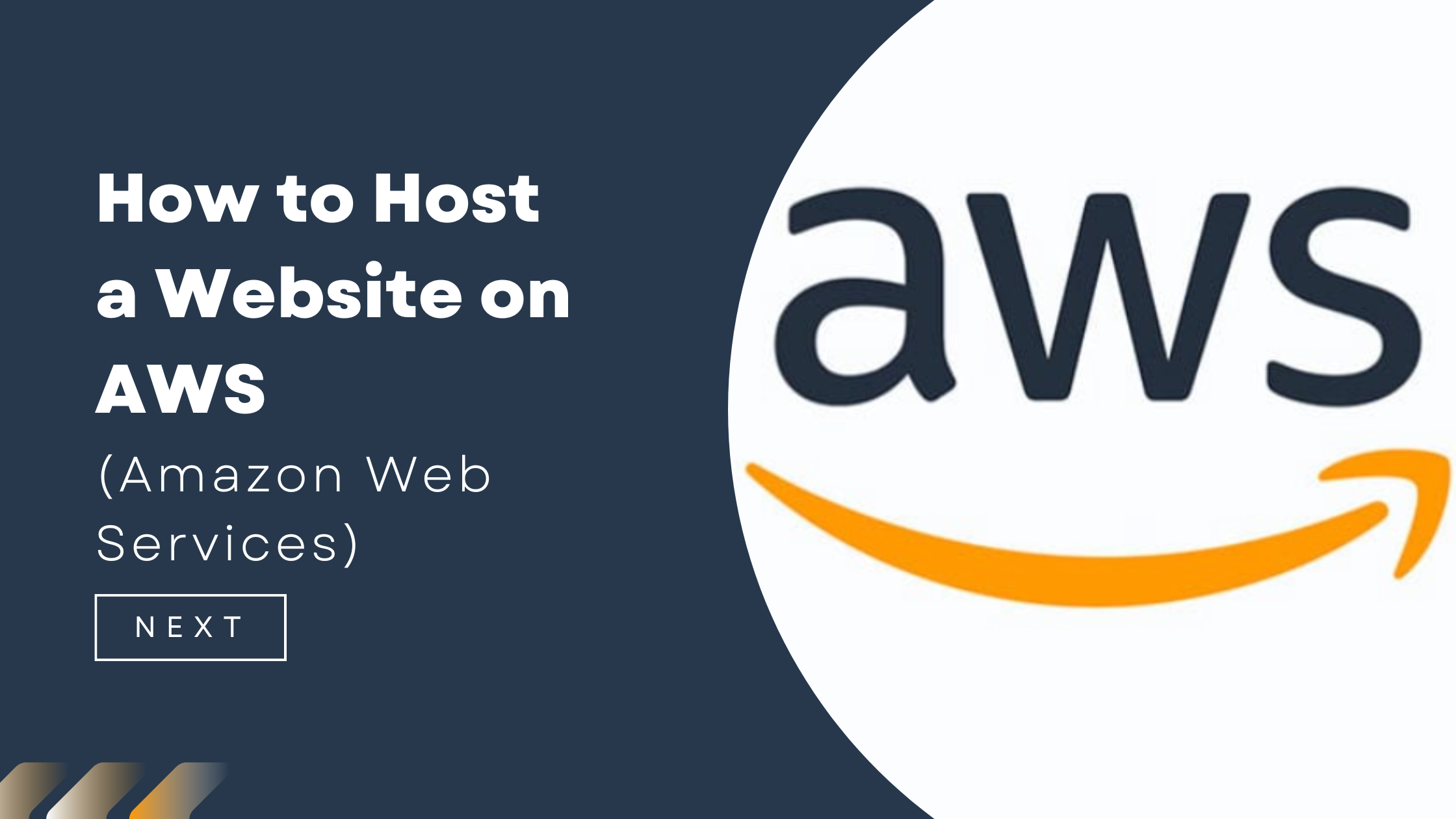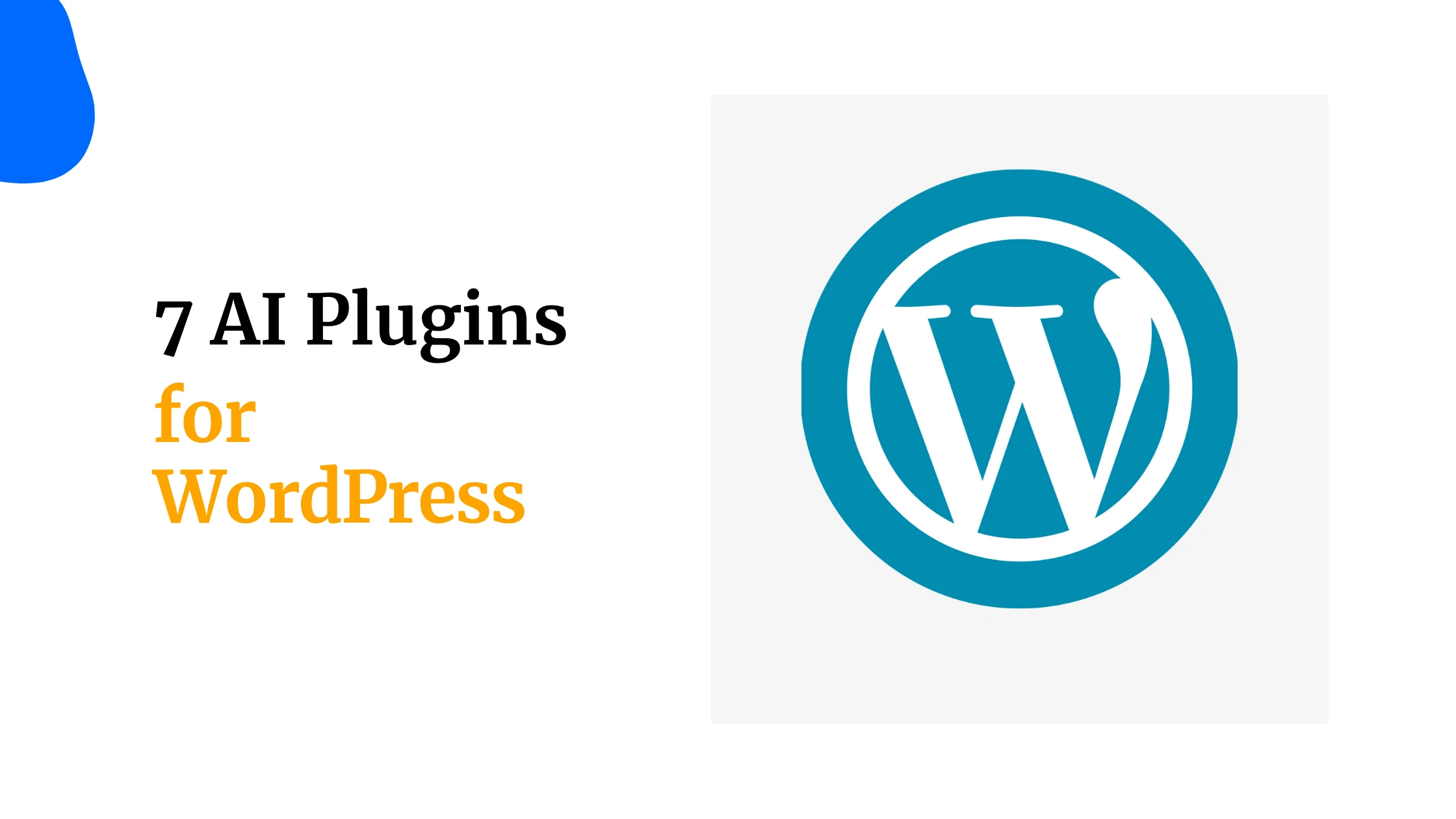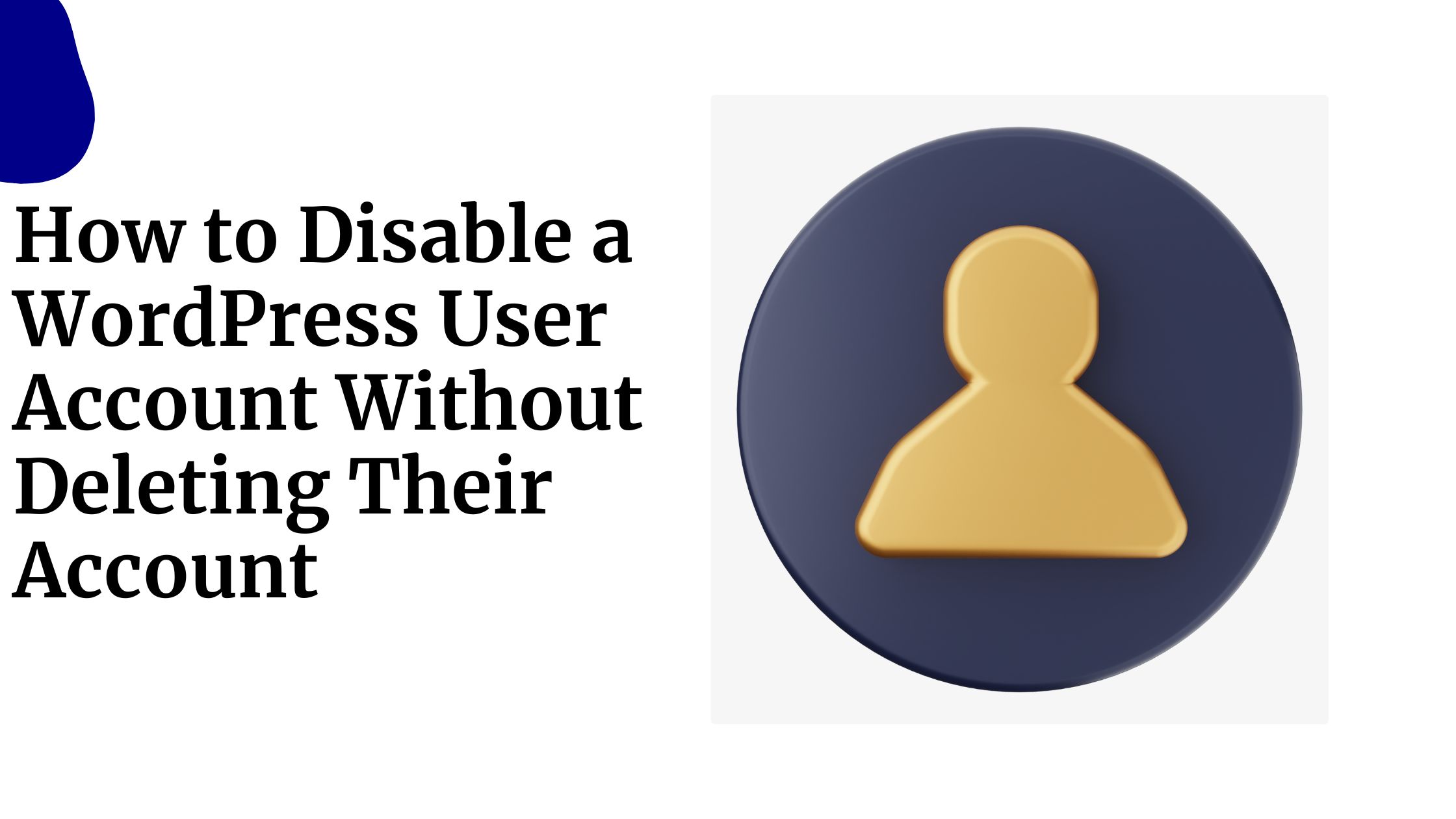You’re about to install WordPress manually on your own hosting. You’ll take charge of every file and folder, and you’ll know exactly how your site works.
This approach puts you in control. You pick the WordPress version, decide where files live, and handle your own database.
You’ll get familiar with cPanel or FTP. You’ll edit the config file and set file permissions. All good skills for any WordPress project.
Here’s what we’ll cover:
- Locating your database login details
- Downloading and extracting WordPress
- Uploading files via cPanel or FTP
- Running the installer in your browser
Each step uses simple tools you already have. You won’t need fancy scripts or hidden settings.
By the end, you’ll log into your brand-new site and feel proud you set it up yourself.
Let’s get started.
Why Manually Install Your Site?
Manual installation puts you in the driver’s seat.
You choose the exact version you run. You decide where each file lives. You learn to set up and manage your own database.
These skills help you:
- Troubleshoot problems faster
- Customize your setup without limits
- Secure your site by controlling file permissions
When you install manually, you avoid surprises. You see every prompt and configuration option.
You know exactly what’s happening behind the scenes.
Prerequisites
Before you begin, gather these items:
- a web hosting account with cPanel or FTP/SFTP access
- MySQL database and user credentials
- an FTP/SFTP client, like FileZilla
- a text editor, such as VS Code or Sublime Text
If you haven’t created a database yet, log into your control panel now. Head to the database section and set one up. Give it a clear name (for example, wp_mywebsite) and a strong password.
1) Locate Your Database Login Details
You’ll need four pieces of information:
| detail | description |
|---|---|
| host | usually localhost |
| database name | the database you created |
| username | the MySQL user you assigned to that db |
| password | the user’s password |
Open your hosting control panel and find the MySQL® Databases section. Copy these details into a secure text file. Keep this file open in another window for easy reference.
2) Download and Extract WordPress
Go to the official WordPress download page and click Download WordPress. You’ll get a ZIP archive containing all the core files.
On your computer:
- locate the ZIP (often in your Downloads folder)
- right-click and choose Extract All
After extraction, you’ll see a folder called wordpress. Inside, you’ll find files like wp-config-sample.php, wp-login.php, and folders such as wp-content and wp-includes.
3) Connect to Your Web Space
You have two ways to move files to your server:
Via cPanel File Manager
- log into cPanel
- open File Manager
- navigate to public_html (or your chosen root)
Via FTP/SFTP
- open FileZilla (or your preferred client)
- enter your host, username, password, and port
- click Quickconnect
On the right, you’ll see your server’s directories. On the left, your local files.
4) Upload WordPress Files and Folders
In your local wordpress folder, select all files and subfolders. Then:
- File Manager: click Upload, choose the ZIP, and then Extract in
public_html - FileZilla: drag and drop files into the
public_htmldirectory
Once the transfer finishes, set proper permissions:
- folders: 755
- files: 644
This ensures your server can read and execute files while keeping them secure.
5) Open Your Domain and Select Language
Open your browser and go to
https://yourdomain.co.keYou’ll land on the WordPress installer screen. Pick your language from the dropdown. Then click Continue. This choice determines the default dashboard language and localization.
6) Start the Installation
Click Let’s go! to begin. You’ll see a form asking for your database details. Keep the file with your credentials handy.
7) Enter Your Database Details
Fill in the installer form:
- Database Name: the one you noted earlier
- Username: your MySQL user
- Password: your MySQL password
- Database Host: usually
localhost - Table Prefix: leave as
wp_or customize (for example,wp_ke_)
The table prefix helps if you run multiple installations in one database. Click Submit when done.
8) Run the Installation
If WordPress connects successfully, you’ll see a confirmation. Click Run the installation to create tables and set initial options. WordPress will generate default site structures behind the scenes.
9) Enter Your Site and Admin Login Details
Provide your site settings:
- Site Title: your website name
- Username: choose something other than “admin” for security
- Password: use a strong, unique password (consider a passphrase)
- Email Address: for admin notifications and password resets
- Search Engine Visibility: check this box if you want to hide your site while building
Then click Install WordPress.
10) Complete Installation and Log In
You’ll see a Success! message. Click Log in. Enter your new admin username and password. You’re now in the WordPress dashboard, ready to customize your site.
Post-Install Configuration
Secure and optimize your install:
- delete
readme.htmlandlicense.txtfrom your server - move
wp-config.phpone level abovepublic_htmlif your host permits - force HTTPS: in Settings → General, set both addresses to
https:// - set permalinks: go to Settings → Permalinks, choose Post name for cleaner URLs
Essential First Steps
- install a security plugin, like Wordfence, to monitor threats
- install a caching plugin, such as WP Super Cache, for faster load times
- activate a lightweight theme to keep your site nimble
- set up regular backups with a plugin like UpdraftPlus
These steps protect your site and improve performance from day one.
Troubleshooting Common Issues
Error establishing a database connection
Double-check your credentials inwp-config.php. Ensure the database exists and the user has privileges.403/500 errors
Verify file permissions via File Manager or runchmodcommands. Incorrect permissions often cause server errors.White Screen of Death
Enable debugging by adding
define('WP_DEBUG', true);to your wp-config.php. Check the error log for clues.
Tips to Help You Get Started
- customize menus and widgets under Appearance
- explore themes and plugins from your dashboard’s Add New section
- learn more from the Truehost knowledge base and community forums
- consider managed hosting next time if you prefer one-click installs
You’ve mastered the install WordPress manually process. Now you can launch any custom site with confidence.
Ready to host your next WordPress project?
Experience local support and fast servers with Truehost Kenya. Browse our plans and launch today.
 Domain SearchInstantly check and register your preferred domain name
Domain SearchInstantly check and register your preferred domain name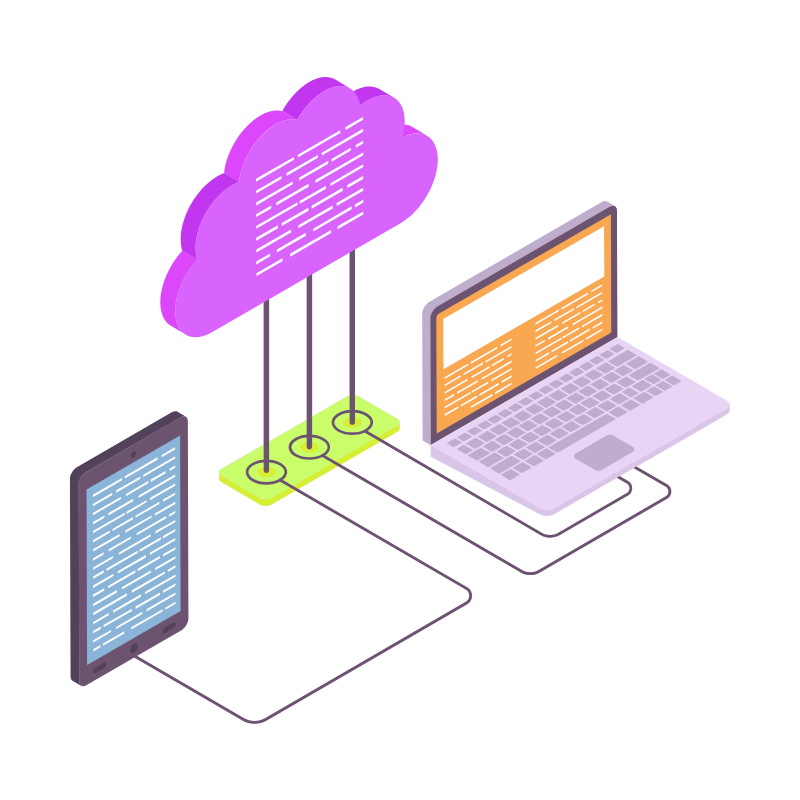 Web Hosting
Web Hosting cPanel HostingHosting powered by cPanel (Most user friendly)
cPanel HostingHosting powered by cPanel (Most user friendly) KE Domains
KE Domains Reseller HostingStart your own hosting business without tech hustles
Reseller HostingStart your own hosting business without tech hustles Windows HostingOptimized for Windows-based applications and sites.
Windows HostingOptimized for Windows-based applications and sites. Free Domain
Free Domain Affiliate ProgramEarn commissions by referring customers to our platforms
Affiliate ProgramEarn commissions by referring customers to our platforms Free HostingTest our SSD Hosting for free, for life (1GB storage)
Free HostingTest our SSD Hosting for free, for life (1GB storage) Domain TransferMove your domain to us with zero downtime and full control
Domain TransferMove your domain to us with zero downtime and full control All DomainsBrowse and register domain extensions from around the world
All DomainsBrowse and register domain extensions from around the world .Com Domain
.Com Domain WhoisLook up domain ownership, expiry dates, and registrar information
WhoisLook up domain ownership, expiry dates, and registrar information VPS Hosting
VPS Hosting Managed VPSNon techy? Opt for fully managed VPS server
Managed VPSNon techy? Opt for fully managed VPS server Dedicated ServersEnjoy unmatched power and control with your own physical server.
Dedicated ServersEnjoy unmatched power and control with your own physical server.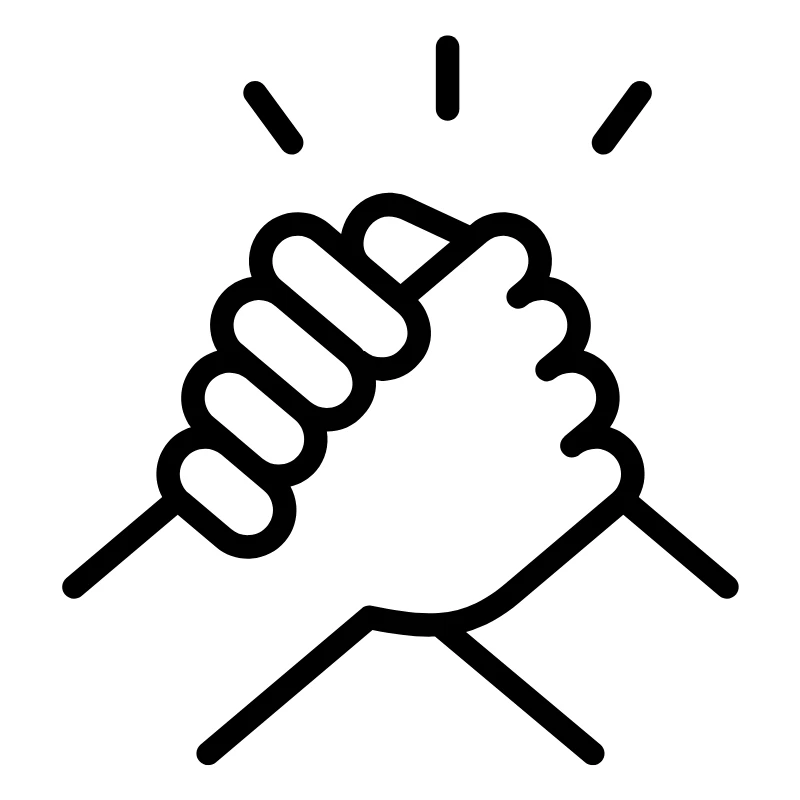 SupportOur support guides cover everything you need to know about our services
SupportOur support guides cover everything you need to know about our services



